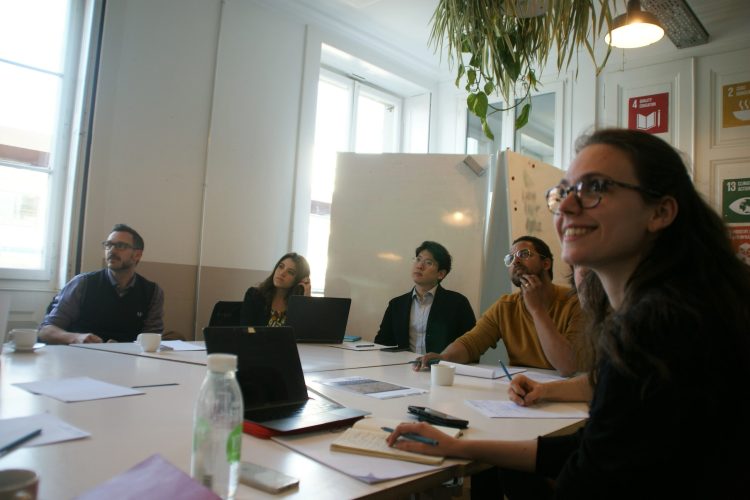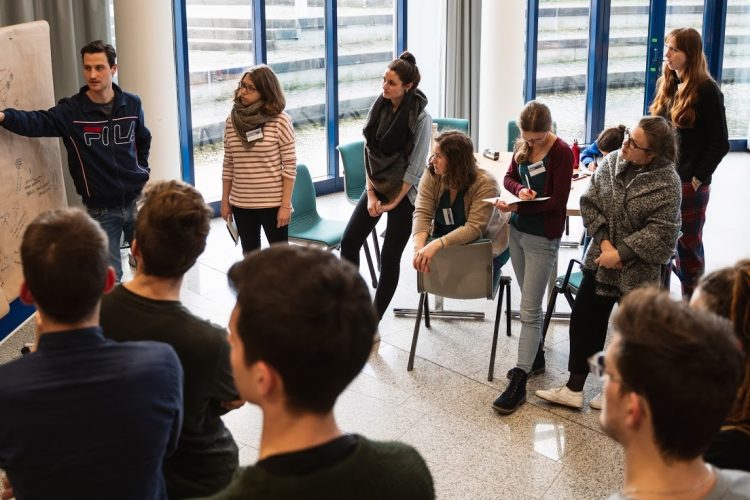What are the Competencies for Responsible Leaders? Mark Wade, a renowned expert in sustainability will be talking about this topic in a very interactive session. To get the most...
oikos FutureLab 2019 will take place in Geneva on November 1 and 2. Our main theme is “Acting Together for Sustainability”. Please, keep an eye on our website for...
The April edition of our newsletter is here. You can explore different opportunities to engage in our community and learn what our community has been up to in the preceding...
Calls for reform in economics have intensified significantly in recent years. The financial crisis highlighted the risks of relying on a narrow set of neoclassical economic models and amplified...
The oikos Winter School 2019 explored a range of topics from Megacities and Smart Cities to new energy and transportation concepts to civic participation. In this interactive blog prepared...
oikos Hong Kong is organising their first case competition on 29 April 2019. The champion team will win a sponsorship to represent Hong Kong at the oikos International FutureLab...
This year the oikos Germany Meeting will take place in Cologne from 7th to 9th of June. Under the motto “Take the lead for change! – WIR für eine nachhaltige Zukunft”...
Will you EVOLVE? The EVOLVE Conference is a yearly event on the topic of Social Entrepreneurship organized by oikos St. Gallen. After debuting last year, this year we are...
On April 17, oikos St.Gallen hosts annual sustainable fashion show Un-Dress 2019. Learn more and join us here
In reaction to climate change, the European Union has declared sustainability as a key priority for all member states. New regulations, goals and action plans are introduced aiming to...
- 1
- 2



